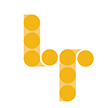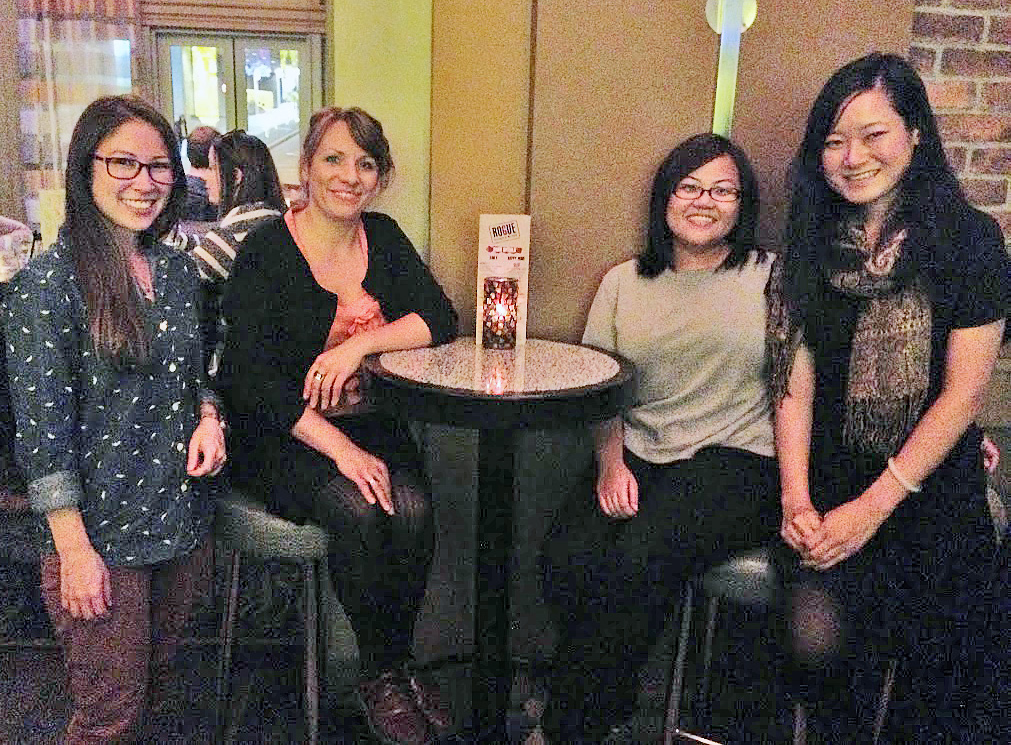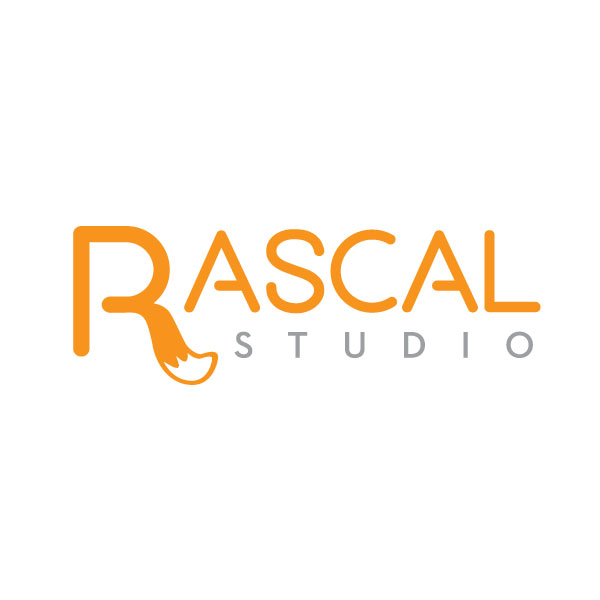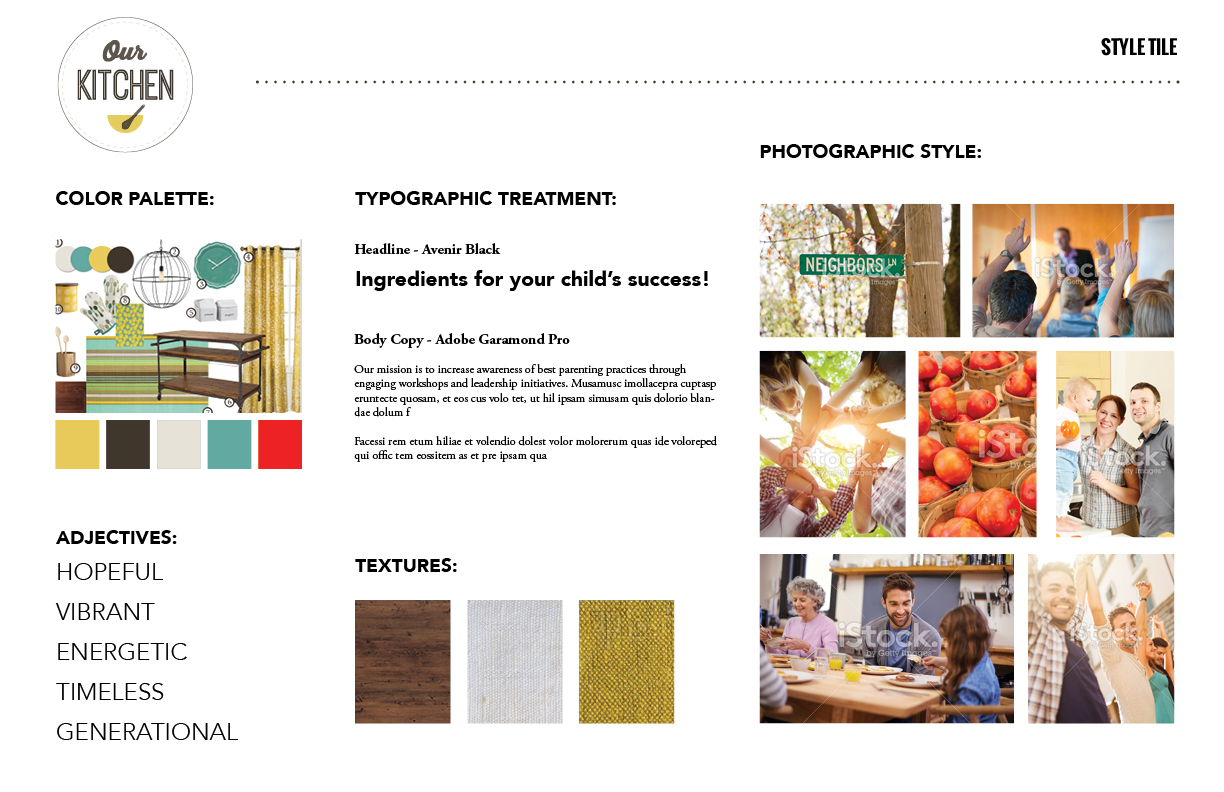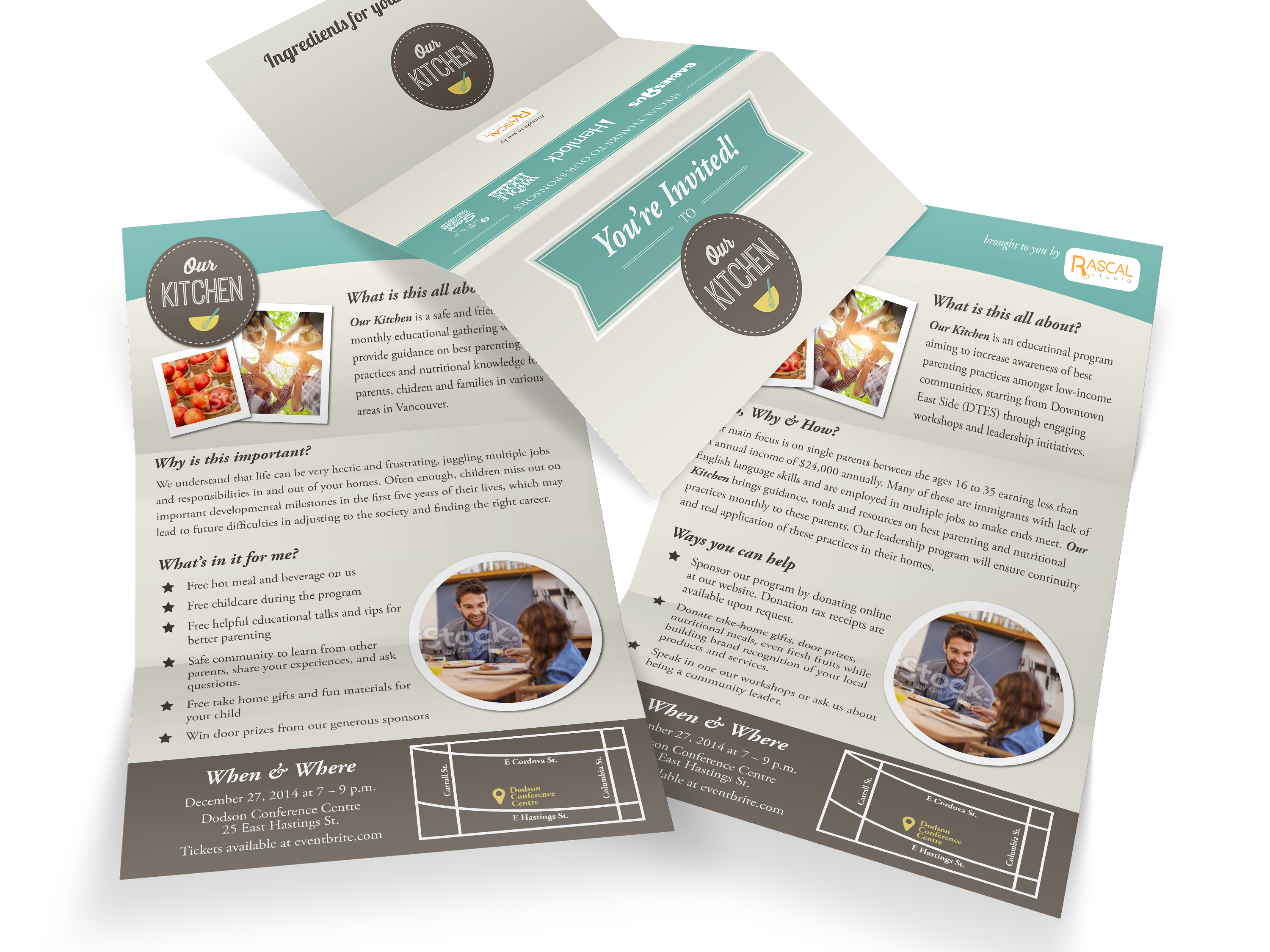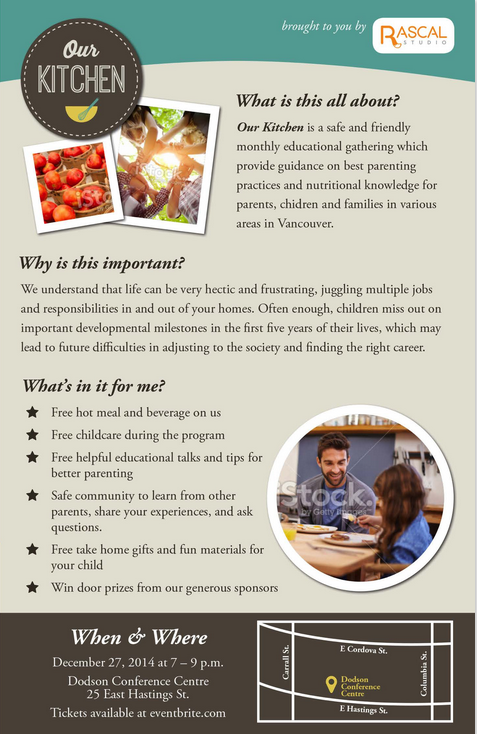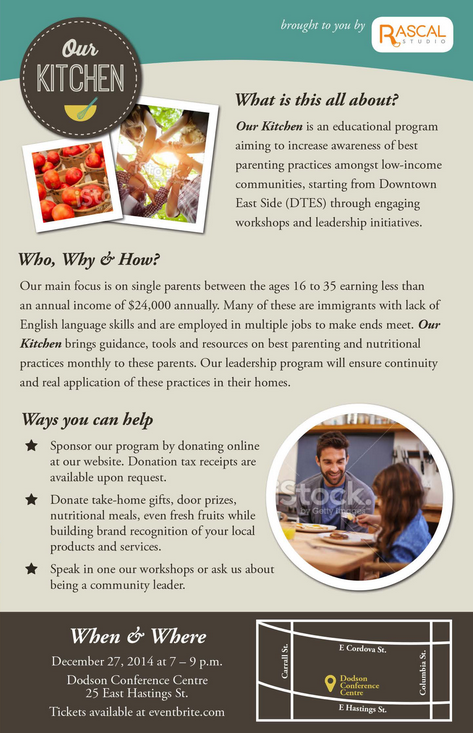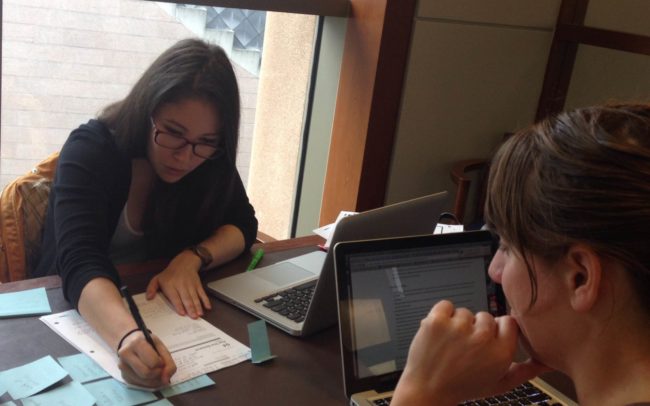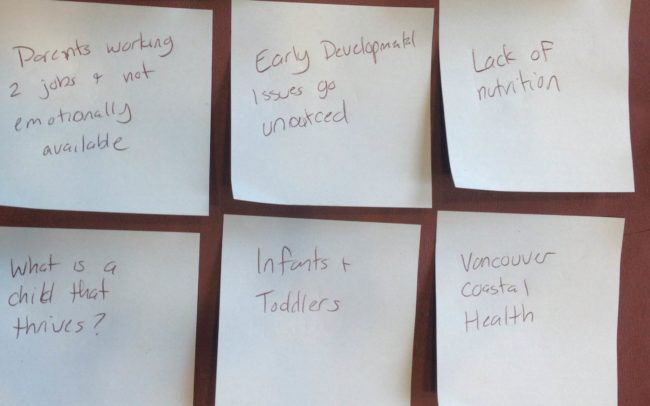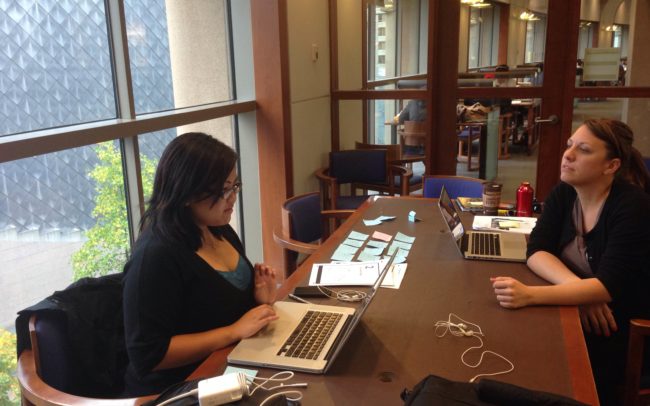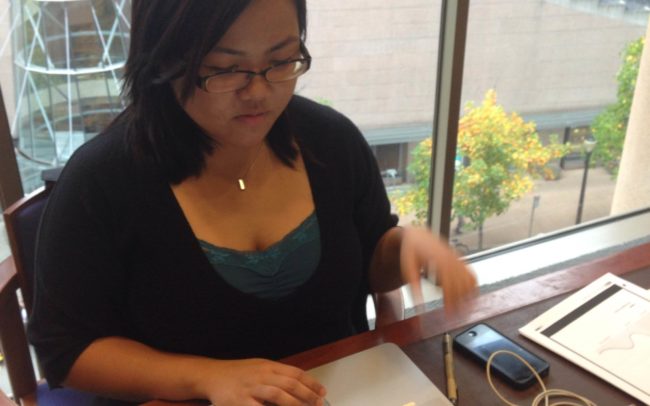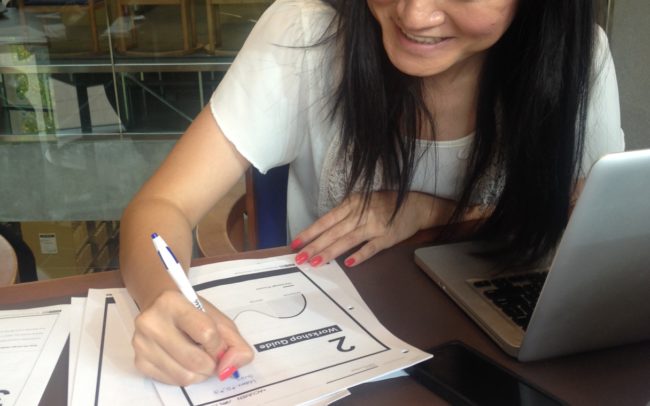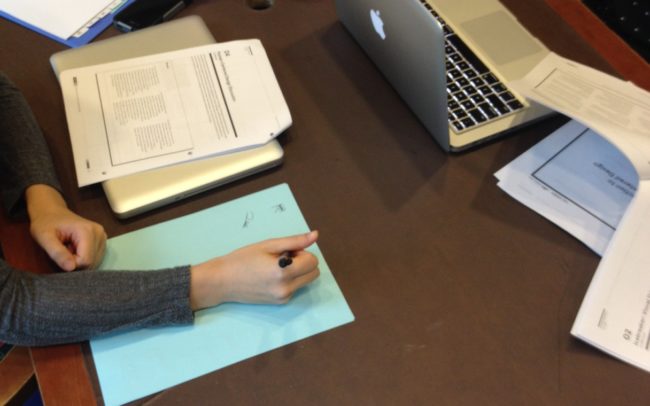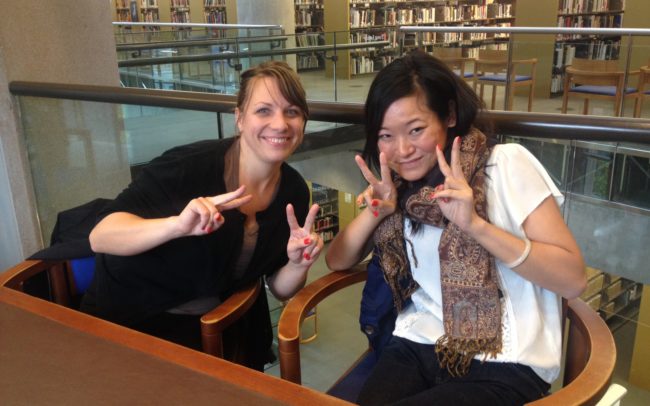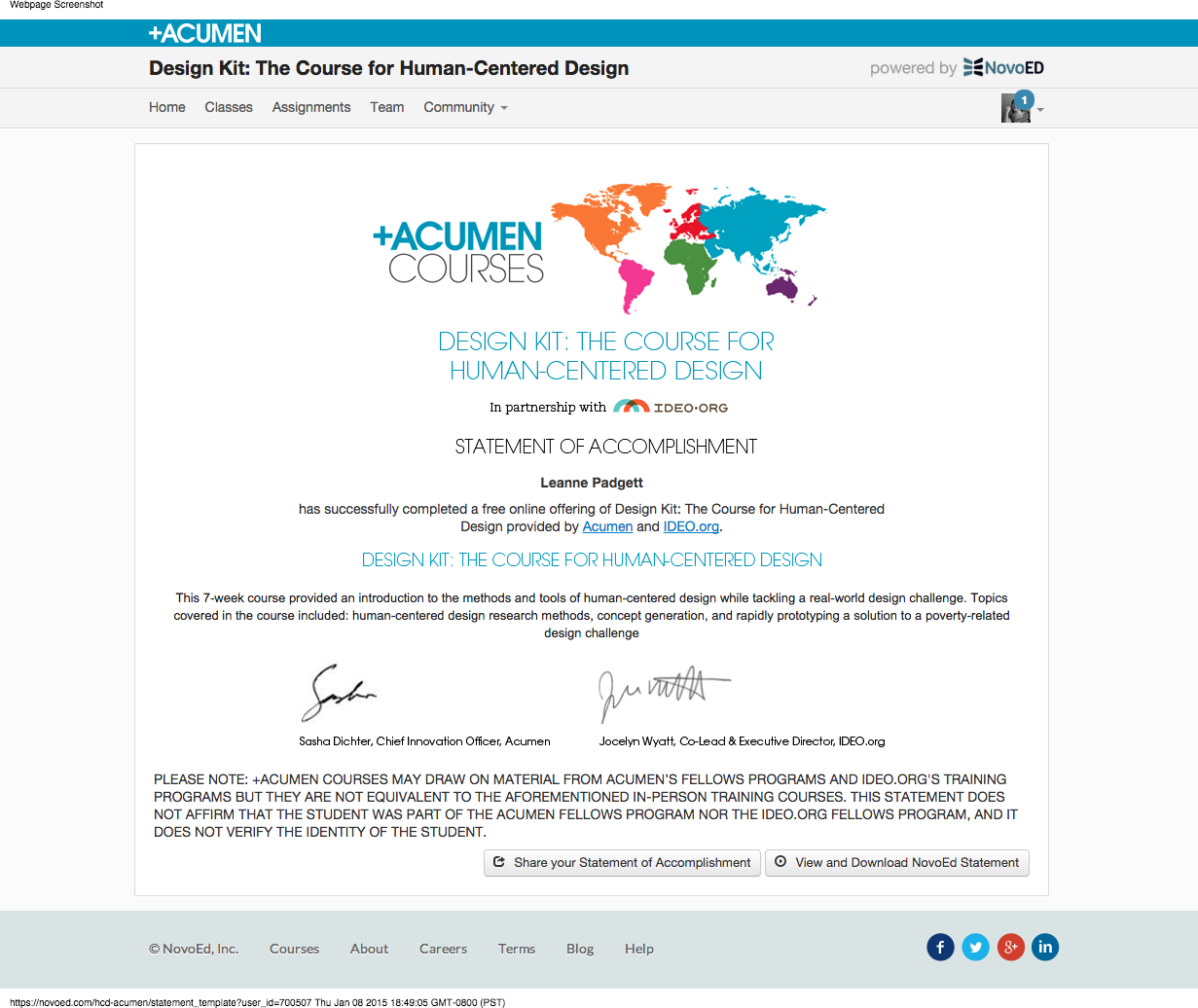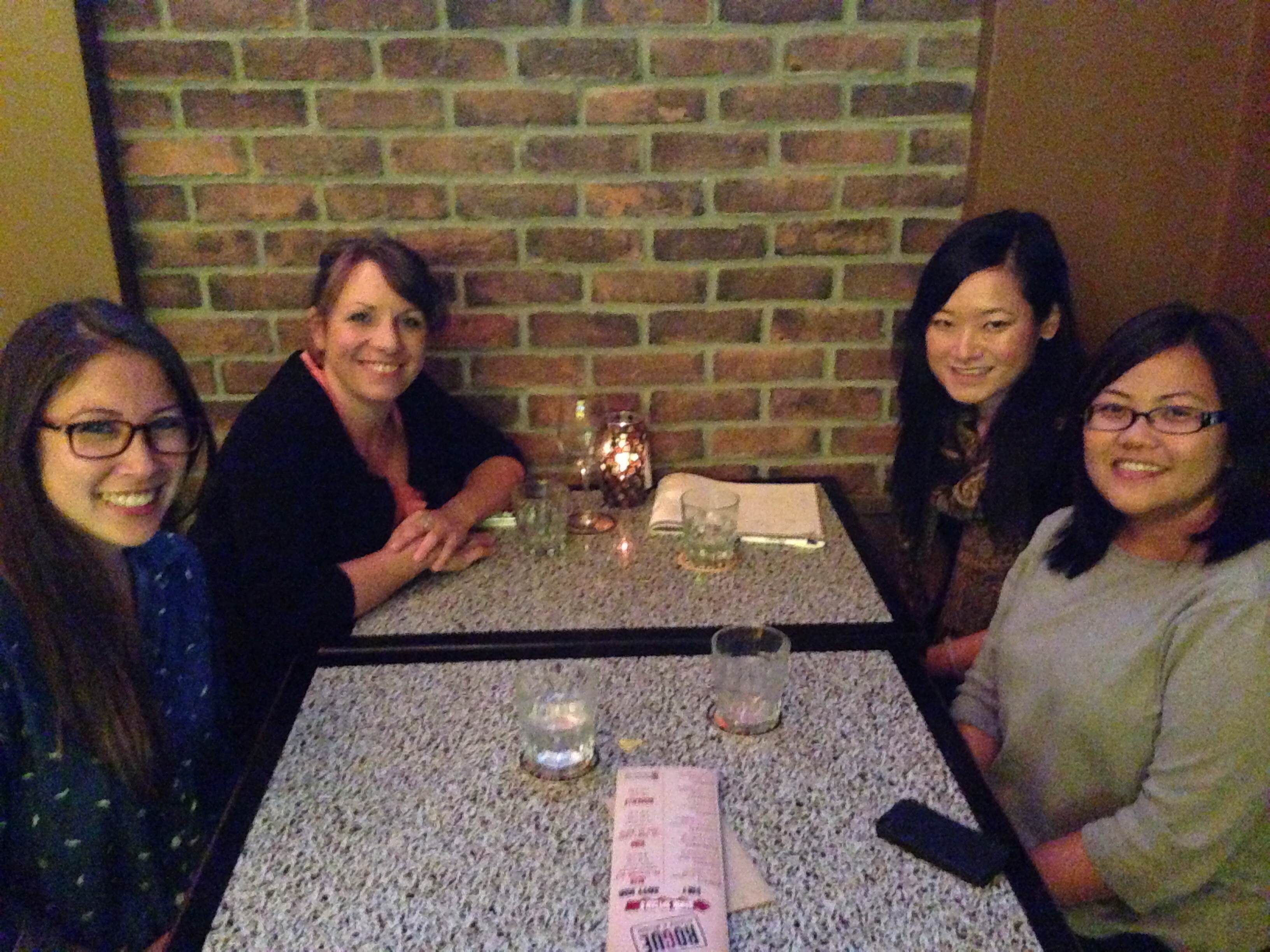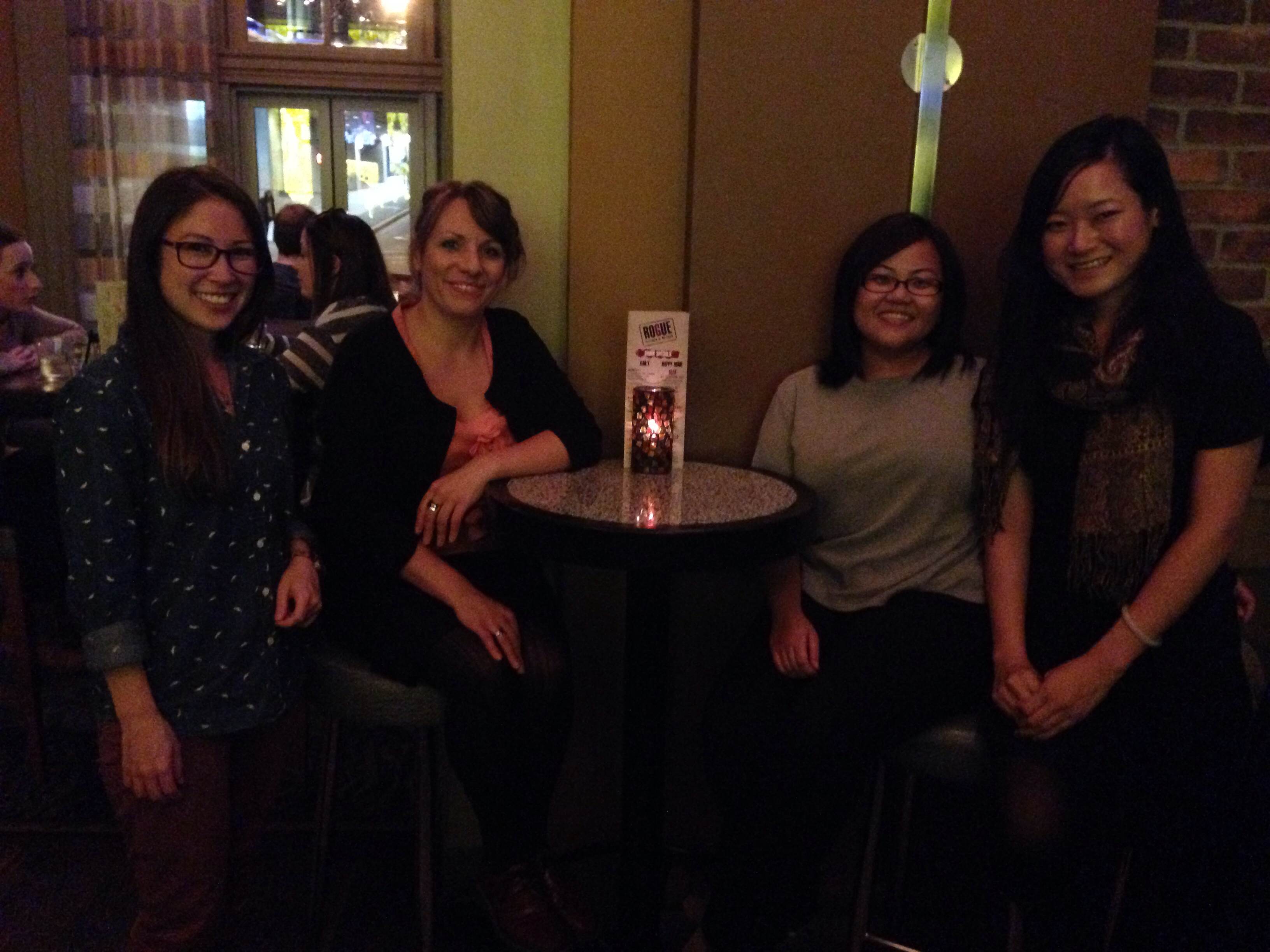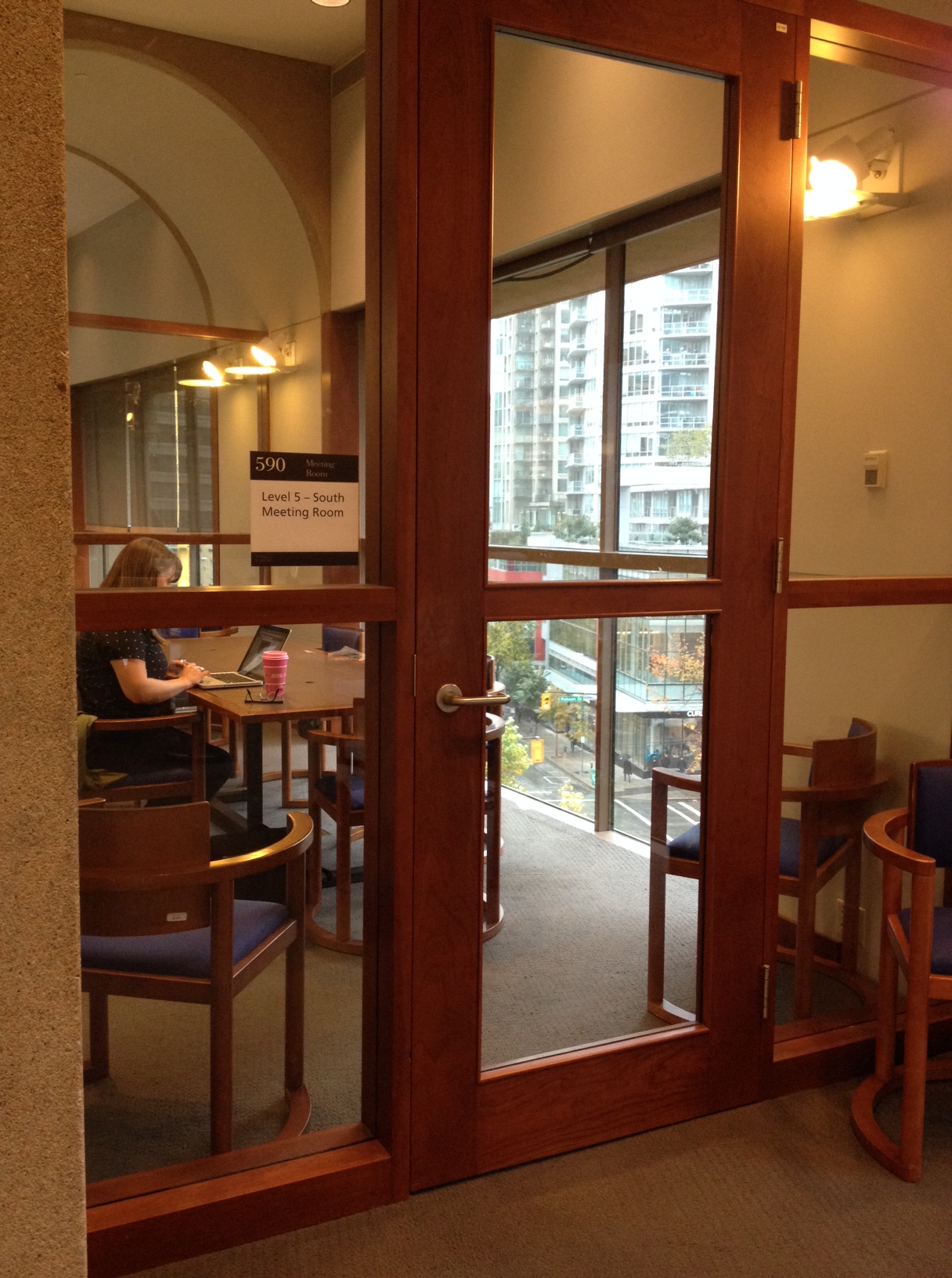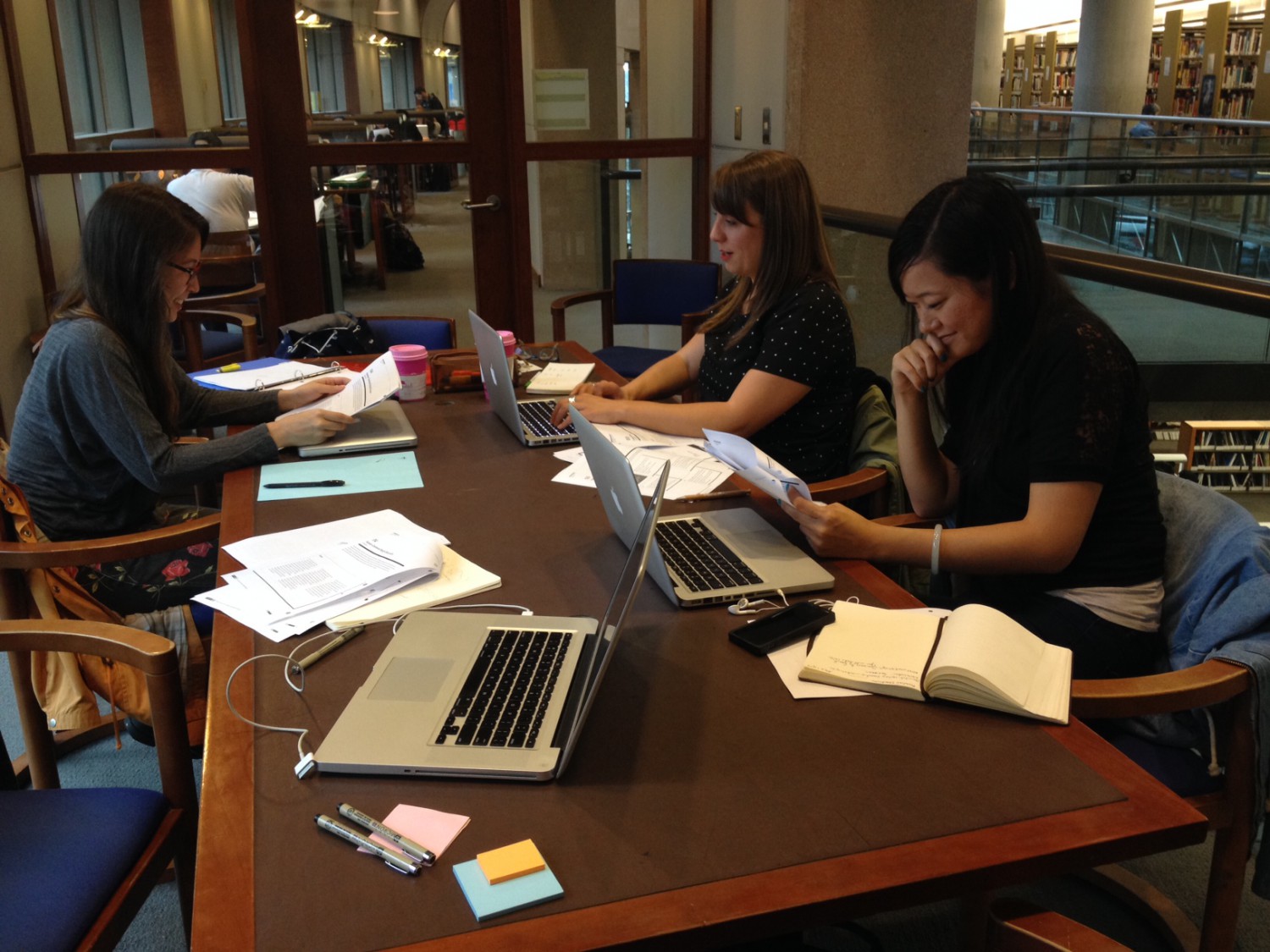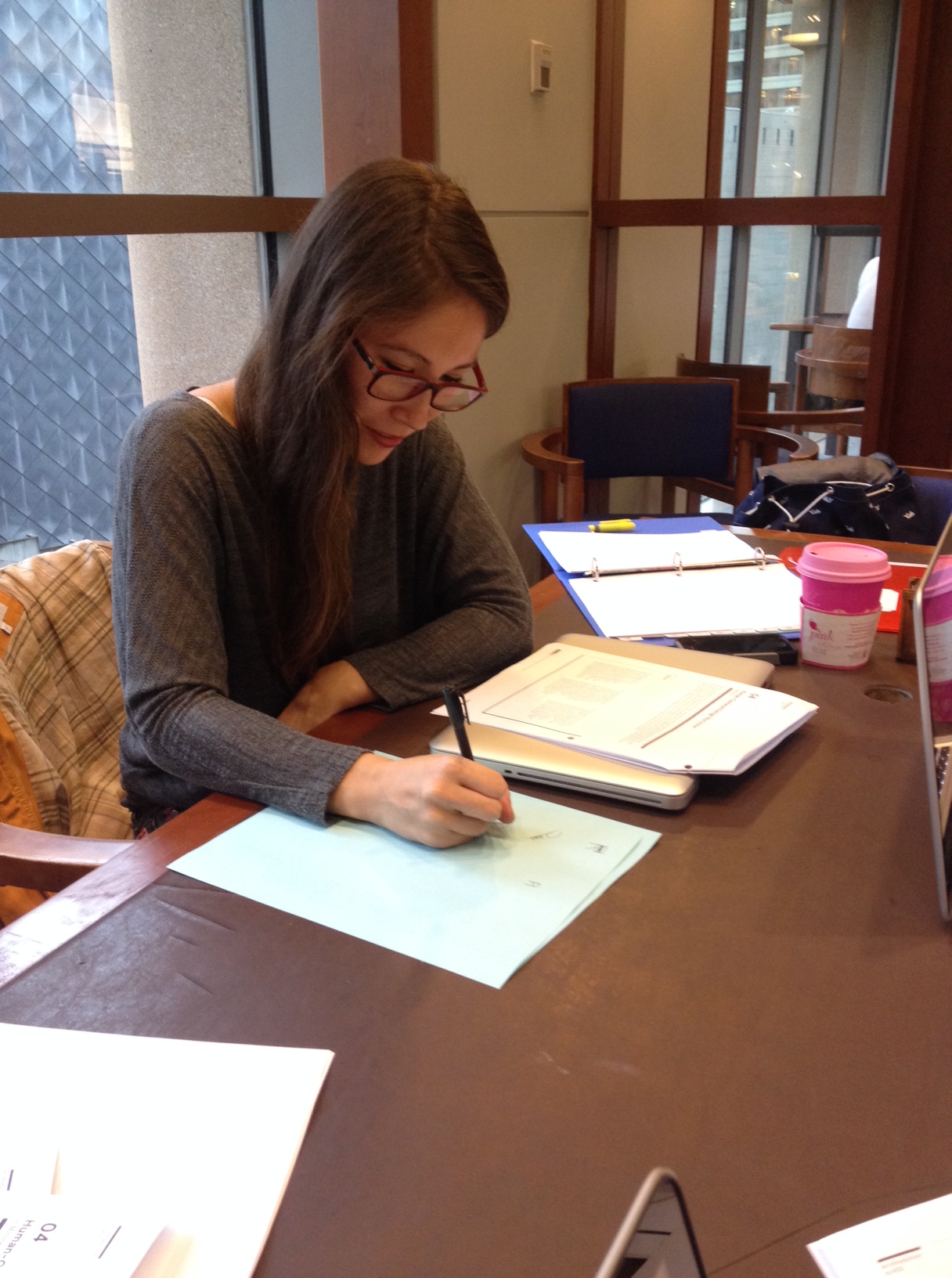Design Kit: The Course for Human-Centered Design
You might remember back in October I enrolled in the online course Design Kit: The Course for Human-Centered Design, offered by Acumen and IDEO.org.
Part of the course requirement was to form a group of 4 people who lived locally, and would be available to give their time to completing the course. If we were unable to put together a group on our own, we were given the opportunity to connect with other students of the course online. I contacted my friend, Amelia, who is a terrific freelance graphic and web designer I met at the Vancouver Wordcamp 2014, and asked if she would be interested in forming a group. She immediately responded with a yes! And as a huge bonus, she had two more people in mind who would probably be interested in joining as well. So I was introduced to Susan Seto, an SFU graduate, marketing and business brainiac with a killer work ethic, and Jen Yamasaki, an amazing designer, fine artist and psych major. I was beginning to ask myself how I ever got so lucky to meet all of these amazing women. It all came together to quickly and easily, it was like it was meant to be.
It took us a while to come up with a name for our group, but we settled on Rascal Studio. Here is a photo from our first meeting:
And our Rascal Studio logo, designed by Jen Yamasaki!
The course was all about designing for social change. This was our mission statement:
Rascal Studio is made up of four Vancouver-based creative rascals who believe in bringing clever ideas to drive social change in the community and around the globe.
We were presented with the following question:
How might parents in low-income communities ensure children thrive in their first five years?
We worked hard at brainstorming and thinking on this for a week or two, and we went about compiling a set of interview questions. We decided to try and interview as many parents, social workers, local teachers and experts in early childhood development as possible.
What came out of those interviews was really compelling. In almost every one of the interviews two things came up. Whether they were parents or experts, every one of our interviewees felt that the most important elements to ensuring that a young child thrived was emotional connection and nutrition.
After compiling all of our interview responses, we then identified our design challenge:
To increase awareness of best parenting practices amongst low-income communities in the Vancouver Downtown Eastside through engaging workshops and leadership initiatives.
We went back to the ideation / brainstorming phase to try and figure out how we would tackle our design challenge. After many discussions and brainstorming sessions, we decided the best way to approach this challenge would be to start a community group that would provide education, emotional support and guidance to low-income families in the DTES. It would be facilitated and run by fellow DTES residents and would give parents a chance to relax and provide a social atmosphere to connect and talk. Parents would also have the opportunity to listen to guest speakers who would provide information, support, encouragement and teaching materials. Dinner and snacks would be provided (sponsors listed below).
And so, Our Kitchen was born! Here’s the style tile that I created:
These are our proposed sponsors, who would help with supplying food and support:
As many low income people have limited access to computers, we decided to promote the evening with flyers. Amelia designed two flyers, one general promotional flyer to distribute to parents, community leaders, teachers and healthcare workers, and a second flyer designed for sponsor recruitment.
General Flyer:
Sponsor Flyer:
We also came up with a program schedule, made example workshop and take home materials and found a venue, the Vancouver Dodson House.
Well, I am even more excited to share this with you because amongst our peers we were voted number one out of 432 final submissions!!! We just got the news the other day and we are so incredibly happy. We worked really hard on this project and at times felt quite discouraged but we persevered and I am so grateful for that.
If you would like to see our final presentation, here it is!
RascalStudio_Challenge3_FinalPrototype
And my statement of accomplishment!
Cheers!
